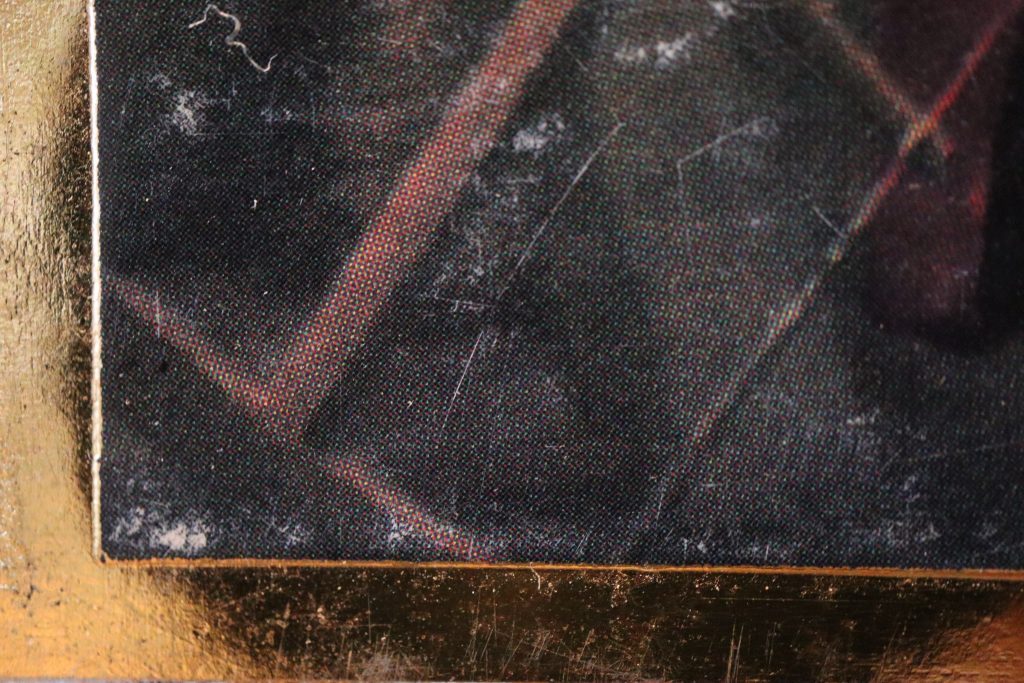Rubrication or Red Lettering

Introduction to Red Lettering
Bibles and other literature, starting before 1300AD, contained rubrication or red lettering. We see red lettering in books today for different reasons. The content that is red-lettered is also very different. The invention of movable type in the Middle Ages increased the speed of book production. This eventually caused the tedious process of rubrication or red lettering to become outdated. Louis Klopsch, oblivious to the historical use of rubrication or red lettering, brought it back into vogue around 1900.
History of Rubrication or Red Lettering
Rubrication or red lettering originated before 1300 in headings, drop caps, subject introductions, and reader action statements. These were initially written by a craftsman called a rubricator. A scribe left annotations or notes in the margin for the rubricator. The rubricator followed these directions with the addition of some flourishes. Today, these annotations help us trace the document’s history.
Red Ink used for rubrication in historical texts has a laborious recipe. First, they poured vinegar or urine over thin lead sheets. A month later, they harvested white flakes from it, after which they repeated the process. Next, they dried and ground the flakes on a stone. They put these into a pot over a fire and stirred with an iron rod. The red lead eventually formed. As a note to the adventurous, the white flakes at stage two were the same lead chemical used in house paints before regulations banned it in 1978. Therefore, using modern inks or printers is advised. For more information on this recipe, go to Red Ink.

Spaces left before paragraphs and at title positions allowed the rubricator to add drop caps or pictures. Over time, these pictures became more elaborate. Finally, they included multiple colors on thin sheets of gold called illumination. The name rubrication remained for this art despite the broadening of the art beyond red lettering to multicolored inks. Eventually, publisher time restraints didn’t allow for rubrication. Just the space remained.

With the invention of the moveable type, printing used only black ink. Rubricators added rubrication or red lettering after printing. This addition added the touch of the scribe’s writing art that the people loved. Eventually, printers dropped hand rubrication due to profit and time constraints. Drop caps remained, however, until recent years. Now they are a rarity.

Rubrication Revisited
Rubrication or red lettering in Bibles made a comeback beginning in 1899. Louis Klopsch thought he had an original idea when he created a red-letter version of the New Testament. His inspiration came from the scripture concept of Jesus’ blood poured out for us found in Luke 22:20. That’s why he made the words of Jesus red. Just as he’d hoped, the red-letter versions became popular and encouraged people to read and understand the Bible.
It is helpful to understand the origins of today’s writing standards. We base our words and practices on history. All time eras of people need the inspiration that change brings. In both time eras of rubrication or red lettering, the effect sold more copies and helped people orient themselves in scripture.
Reference:
Rubrication. (2023, August 17). In Wikipedia. https://en.wikipedia.org/wiki/Rubrication